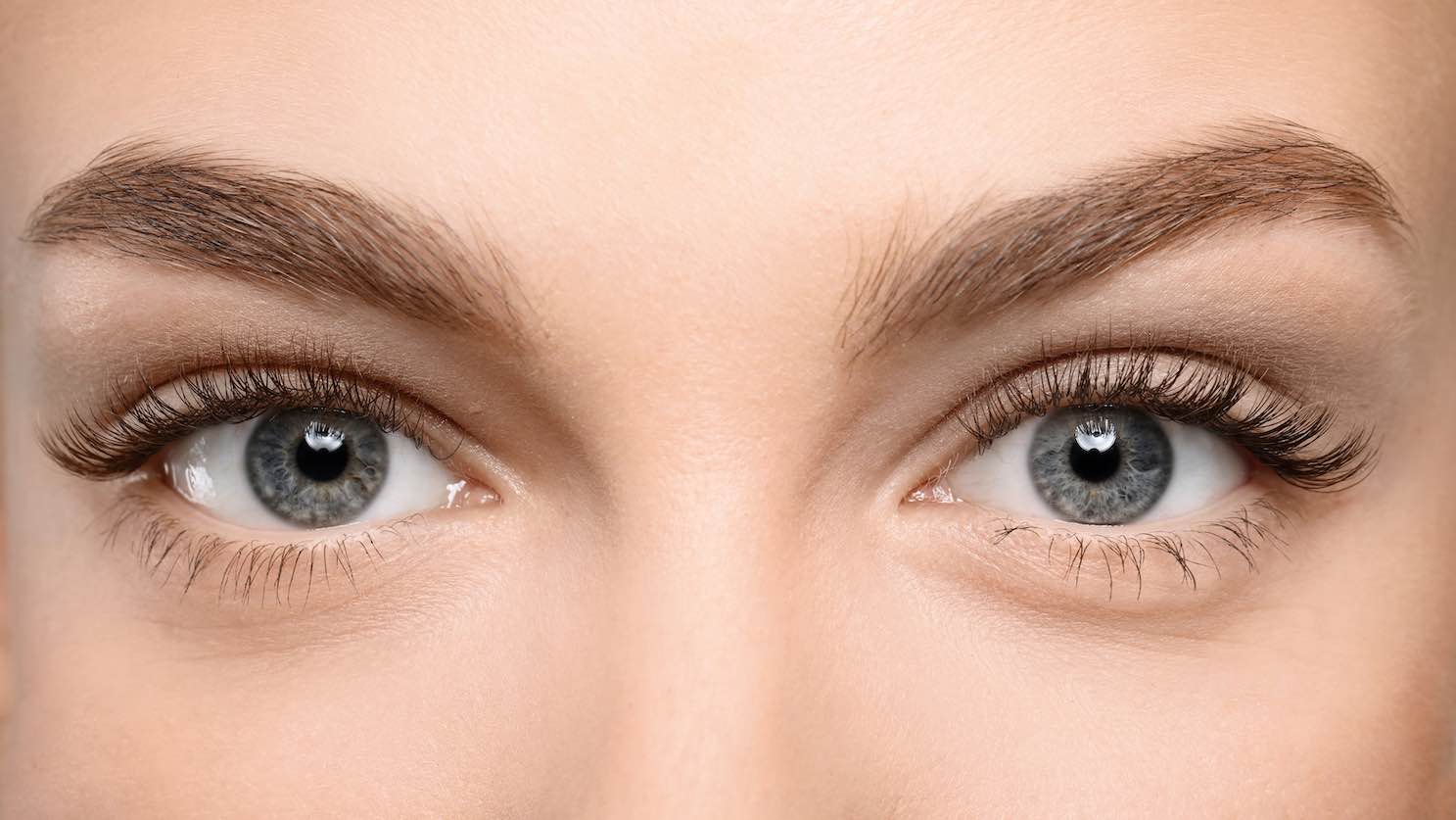Eyelid surgery, or blepharoplasty, is often associated with cosmetic enhancements to rejuvenate the appearance of the eyes. However, this procedure also plays a crucial role in addressing medical conditions that can impact vision and overall eye health. Two common conditions that can be effectively treated with eyelid surgery are ptosis (drooping eyelids) and dermatochalasis (excess eyelid skin).
Ptosis, or drooping eyelids, occurs when the muscles responsible for lifting the eyelids weaken or stretch, causing the eyelids to droop and partially obstructing the vision. This condition can be congenital (present at birth) or acquired (developing later in life) and can affect one or both eyelids. Ptosis not only affects the appearance of the eyes but can also lead to functional issues such as difficulty in keeping the eyes open or a tired appearance.
Eyelid surgery can effectively treat ptosis by tightening the muscles that lift the eyelids, restoring their natural position and improving vision. During the procedure, the surgeon will make incisions in the natural creases of the eyelids to access the muscles and adjust them as needed. By lifting the eyelids to their proper position, eyelid surgery can significantly improve the field of vision and alleviate the strain on the eye muscles, leading to improved eye health and overall quality of life.
Dermatochalasis is another medical condition that can be effectively treated with eyelid surgery. Dermatochalasis refers to the excess skin and tissue that can develop on the upper eyelids due to aging, genetics, or sun damage. This excess skin can hang over the eyelid margin, obstructing vision and causing a tired or heavy appearance.
Eyelid surgery for dermatochalasis involves removing the excess skin and tissue from the upper eyelids, restoring a more youthful and rejuvenated appearance to the eyes. By eliminating the excess weight and obstruction, this procedure can improve peripheral vision and reduce eye strain, leading to improved eye health and overall well-being.
Taking Care Post Surgery
Immediate Postoperative Period:
Immediately after eyelid surgery, patients can expect some swelling, bruising, and discomfort around the eyes. This is a normal part of the healing process and should gradually improve over the next few days. To help reduce swelling and discomfort, patients can apply cold compresses to the eyes and take prescribed pain medication as needed.
Resuming Normal Activities:
Most patients can resume normal activities, including work, within 7 to 10 days after eyelid surgery. However, it is important to continue avoiding activities that could strain the eyes, such as heavy lifting or vigorous exercise, for a few weeks. Patients should also avoid wearing contact lenses until cleared by their surgeon, typically for at least two weeks.
Eyelid surgery is not just about cosmetic enhancement; it can also be a powerful tool for treating medical conditions that affect vision and eye health. Whether addressing drooping eyelids (ptosis) or excess eyelid skin (dermatochalasis), eyelid surgery can significantly improve both the function and appearance of the eyes, restoring clarity of vision and confidence to those affected by these conditions. If you are experiencing vision issues or eye health concerns due to ptosis or dermatochalasis, consult with a board-certified plastic surgeon to explore how eyelid surgery can help restore your vision and enhance your quality of life.


